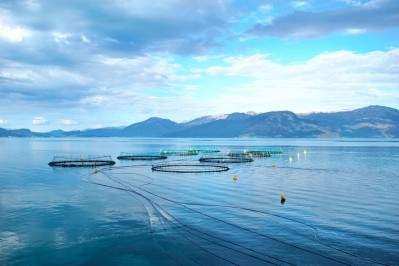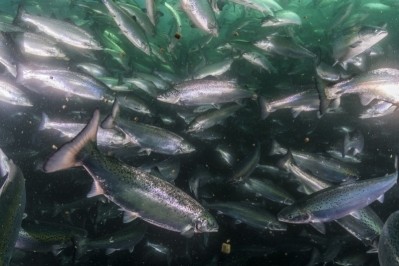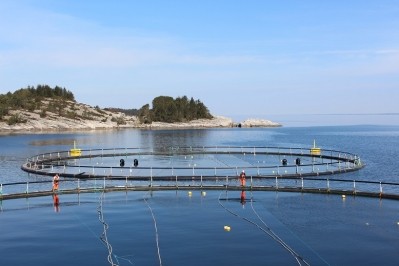Further funding for aquaculture in Scotland as feed innovation projects gather pace
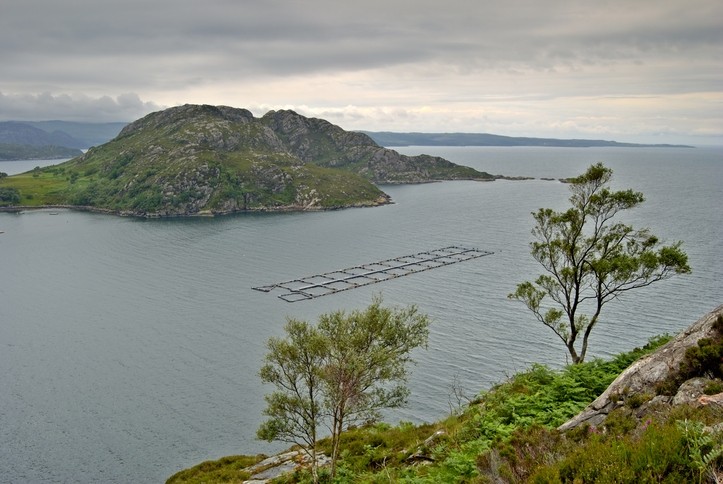
Highlands and Islands Enterprise (HIE), the Scottish government's economic and community development agency, approved the funding package and will run the program in conjunction with the Scottish Aquaculture Innovation Centre (SAIC).
The pilot is expected to attract a similar level of funding from the private sector.
Aquaculture is a priority sector for HIE and of growing importance to Scotland. It contributes around £1.8 billion (USD$2.25bn) turnover a year to the local economy and support around 8,000 jobs, with SAIC forecasting that turnover and job count to likely double by 2030.
Nearly 180,000 tons of farmed Atlantic salmon was produced in Scotland in 2014 alone.
SAIC said the funding scheme is targeted at small to medium enterprises (SMEs) with innovative products and services that need to achieve greater commercialization. Projects selected for financing can be feed related, it added.
Feed innovation
That organization is also actively involved in advancing knowledge and innovation in aquaculture feed. We reported on one of those initiatives last year – the research project to evaluate the reintroduction of poultry derived protein for use in salmon feed involving UK academia and industry.
SAIC views the use of poultry protein in salmon feed as a “sustainable practice” that would “boost the productivity of the aquaculture industry in Scotland.”
Earlier this month, the Institute of Aquaculture at the University of Stirling, in collaboration with the other project partners, hosted a kick-off stakeholder meeting.
“Attended by representatives from across the supply chain – from fish producers and feed manufacturers to UK retailers – the workshop saw open and honest discussion of the challenges and opportunities of adopting avian proteins,” a spokesperson for SAIC told us.
The event was chaired by Professor Brett Glencross, director of research at the Stirling institute. He outlined how avian protein inclusion in aqua feed would not only be a great source of amino acids but would also reduce the need for imports, and provide an efficient use of local resources.
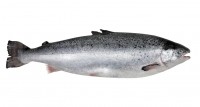
Avian proteins, he added, would be less subject to price fluctuation compared to fishmeal and soy protein concentrate (SPC).
Kim Swindells, speaking on behalf of Fabra UK, the association representing the animal by-product processing industry, said the supply of rendered poultry proteins in the UK alone amounted to around 127,756 tons.
UK retailer and consumer perception
“Presently avian proteins are used in feeds for other farmed fish species throughout continental Europe. Extent of use varies from country to country. Most of the major feed companies already have some track record of using avian protein meals in feeds for seabream, seabass, trout and other species - just not in the UK,” Robin Shields, the aquaculture innovation manager at SAIC responsible for overseeing the project, told us previously.
He said that “when and whether” avian proteins are adopted in the UK would depend, in part, on the outcome of the six-month consultative project.
“Retailer and consumer perceptions are potential barriers. Despite avian proteins having been deemed by other producer countries as being safe and of good quality in terms of meeting the nutritional needs of salmon, there is still work to be done here in the UK – starting with gauging public opinion. By supporting the six-month project, SAIC aims to help do exactly that. Rather than proceed straight to the technological components, we first want to identify whether retailers and consumers are accepting of the use of land-based animal proteins in fish feeds.”
Fish digestion
SAIC is also backing SalmoSim – a project, which only started late last year that is aiming to build an artificial salmon gut with a view to better understanding fish digestion, as well as the link between gut microbiota and the development and digestion of salmon.
Led by scientists at the University of Glasgow, the three-year initiative involves The Marine Institute and University College Cork in Ireland, Nofima in Norway, Alltech and Marine Harvest.
Gut microbiota, the bacteria that colonize the intestine, are known to play a vital role in digestion and nutrient absorption across a wide variety of different organisms. Greater insight into how these microbes can facilitate the efficient absorption of novel feed ingredients in salmon is critical, said the researchers.
